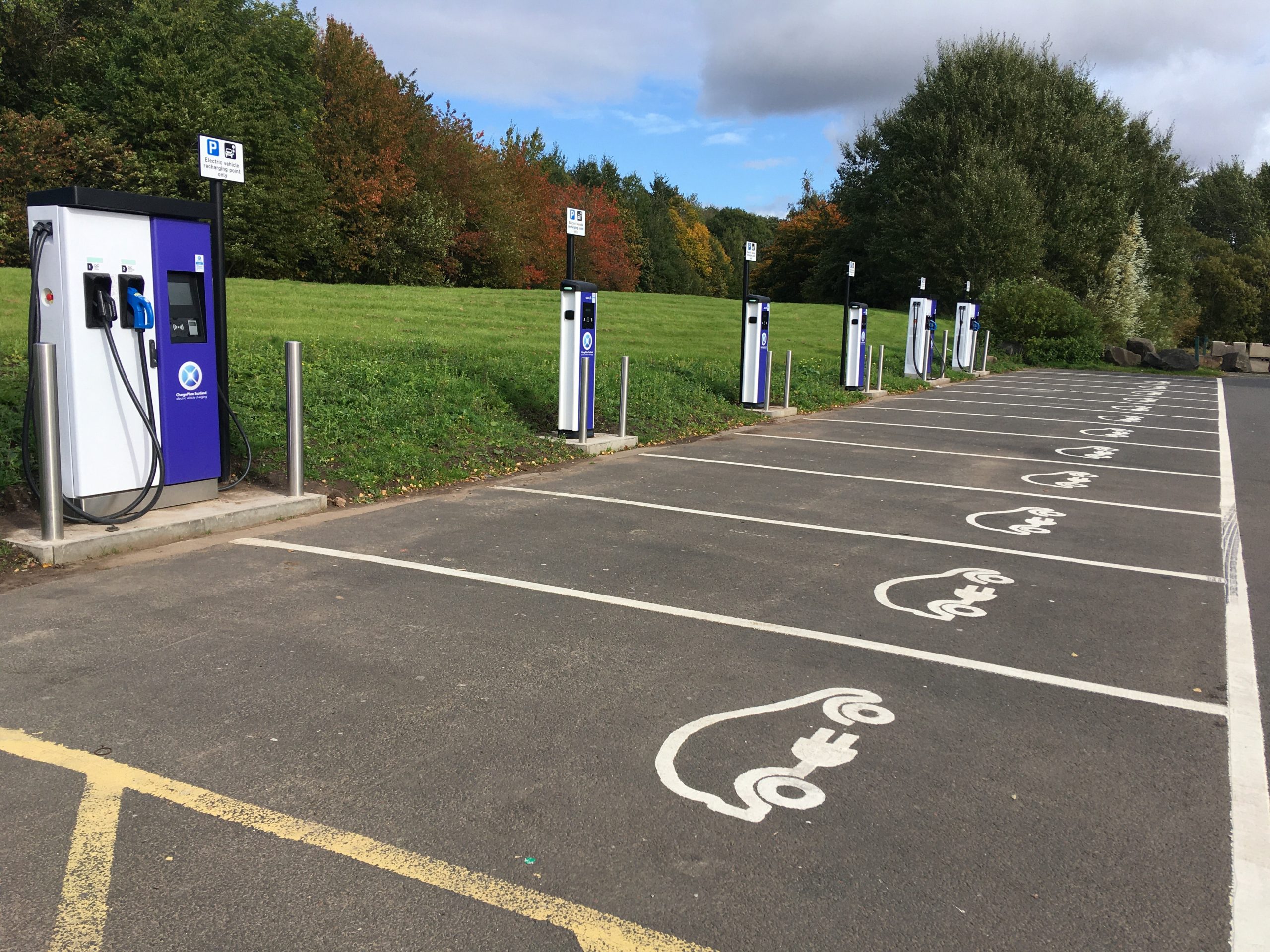
‘Unlikely allies’ want national targets for EV charging points in EU
Dubbed ‘unlikely allies’, European carmakers, environmentalists and consumers have teamed up to request binding national targets for the number of public charge points. They asked the EU climate, transport, industry and energy commissioners to use this year’s revision of the Alternative Fuels Infrastructure law to require 1 million public charging points across the bloc in 2024.
Interested in this kind of news?
Receive them directly in your inbox. Delivered once a week.
Targets should be set per member state instead of relying on voluntary goals, according to the letter signed by the European Automobile Manufacturers’ Association (ACEA), T&E and the European Consumer Organisation (BEUC).
There are estimated to be just over 200,000 charging stations across Europe. But more will be needed in the coming years to keep pace with surging electric vehicle (EV) sales. The current framework, which was approved in 2014, only includes voluntary targets, which according to the groups, has led to a highly fragmented and insufficient European market for recharging. The lack of binding targets across member states and the technical discrepancies on issues like payments, protocols and connectors have resulted in inadequate coverage in large parts of the continent.
Lucien Mathieu, transport and emobility analyst at T&E, said: “Voluntary targets just don’t work in EU legislation. We have countless examples of this in the past. Therefore, binding targets are key to creating a harmonised charging system. This would send a strong signal to consumers, industry and investors that they can have confidence in these technologies.”
The distribution of public electric charge points is currently concentrated in the countries with the highest EV sales. As sales grow across Europe, adequate charging infrastructure will be needed in all regions. The letter requests that targets be allocated to each member state based on a simple and fair methodology that takes into account factors such as how much private charging is available and levels of EV adoption.
This also includes adequate coverage for remote areas. In their letter, the group recommends at least one ultra-fast (20 minutes) recharging site every 50 km on the busiest main roads and ultra-fast charging every 100km on more remote roads. And for T&E it is important to target the right areas. It recommends covering locations where most re-charging is likely to happen, such as supermarkets and shopping centres.
The letter represents a rare consensus in how to move forward with electric mobility. As Oliver Zipse, president of ACEA and CEO of BMW, writes, on working with an environmental NGO on the letter: “(We) are by no means always of the same opinion and often enough represent different positions. But we are united in the goal of making transport in Europe more climate-friendly. The lack of charging infrastructure must not become a bottleneck for e-mobility.”
